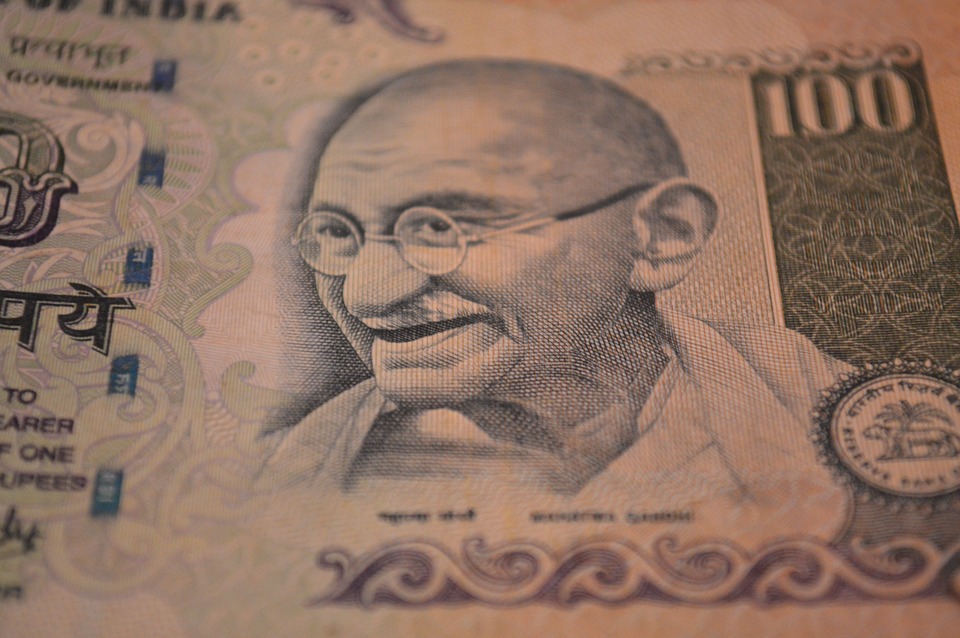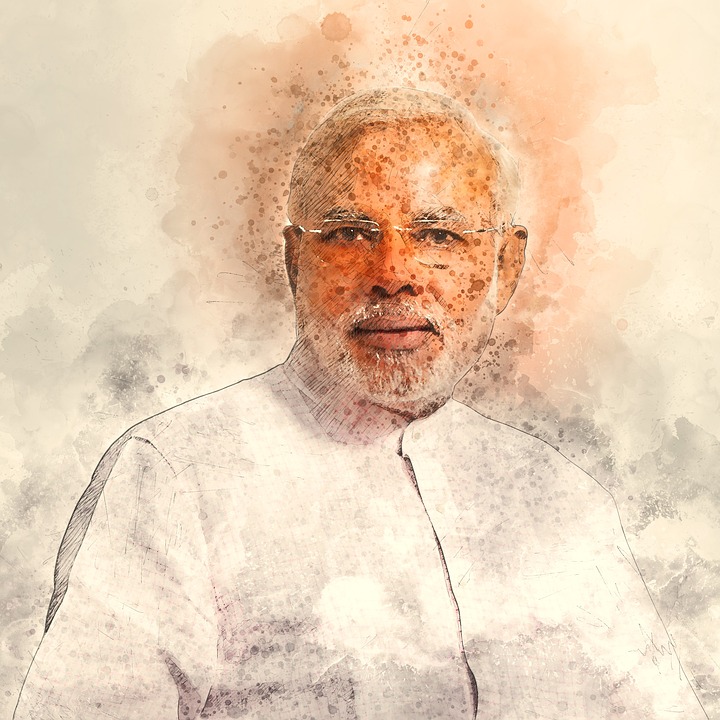The critics are out on the state of Indian economy and the resulting sound isn’t inspiring. The BJP, a right wing political party which had set the bars high for itself through promises on high growth, low prices and ample job creation, is facing its most testing time since 2014. Rebellious voices from within the party have not only criticized key policy actions like demonetisation and Goods and Services Tax (GST), they have even labelledthe Finance Minister incompetent.
And not every bit is a rhetoric as data substantiates that Indian economy is passing through a rough phase and an immediate recovery isn’t anywhere in sight. Here are a few facts–the GDP growth (which has seen a drop for 6 consecutive quarters) has plunged to its lowest in 3 years, 5.7 percent; credit growth had never been so sluggish in past many decades; factory output has contracted and the unemployment rate has touched 5 percent. Add to this the shift to new methodology in calculating the GDP growth rate, which otherwise would have been at least 2 percentage points less, yes below 4 percent.
The government may be talking about unprecedented flow of foreign capital in Indian stock market (Also read: Surging Foreign Investment In India, Are Economic Reforms The Only Reason?) but this institutional investment in our shares and debt instruments is so vulnerable that any event such as the US Federal Reserve hiking interest rates or an escalation of conflict between North Korea and US can trigger massive outflows.Noteworthy schemes including Smart Cities, Make in India, Skill India and Startup India are too stuck in bureaucratic web.
But is everything so terrible? The World Bank at least doesn’t think so. It has termed the economic slowdown as a temporary phase, an ‘aberration’ to be particular, and has also pinned hopes on long-term positive impact of GST on the economy. Yes, private investment has slowed, banks are reeling under NPAs and lack of capital but there are many alternatives put in place by the government such as to create jobs through infrastructure spending.
The GST Council is looking at impediments being faced by businesses, MSMEs in particular, due to a shift to the new indirect tax regime. Some obvious bottlenecks are monthly filing of GST return, delayed refund of tax credit especially to exporters, minimum threshold for opting composition scheme and some essential goods attracting high rate of 12 percent. Once these are sorted and the infrastructure, the GSTN, is augmented to h andle high traffic without technical glitches, it is expected that troubles caused to economy would be reversed.
Many other factors like the protectioniststance of foreign countries which outsource IT and BPO services to Indian companies, disruptions caused by note-ban, banks’ incapacity as well as reluctance to give credit to corporates and RBI’s foot-dragging on policy rate cuthave all combinedto push Indian economy in challenging times. Government has at its disposal some armory like putting to productive use the whopping foreign exchange reserve and speeding up the task of fixing the anomalies in GST, Make in India and such other policy decisions.
Undeniably, data may appear dull but a few corrective and prudent actions can alter the state.
Also read: US Fed Rate Change and India – The Correlation
Disclaimer – The views or opinions expressed in the article are the personal opinions of the author and do not in any way reflect the views of Suvipra. Suvipra does not assume any responsibility or liability for the same.
To get your article published on Suvipra.com, refer our guidelines Guidelines
Contribute article Contribute











